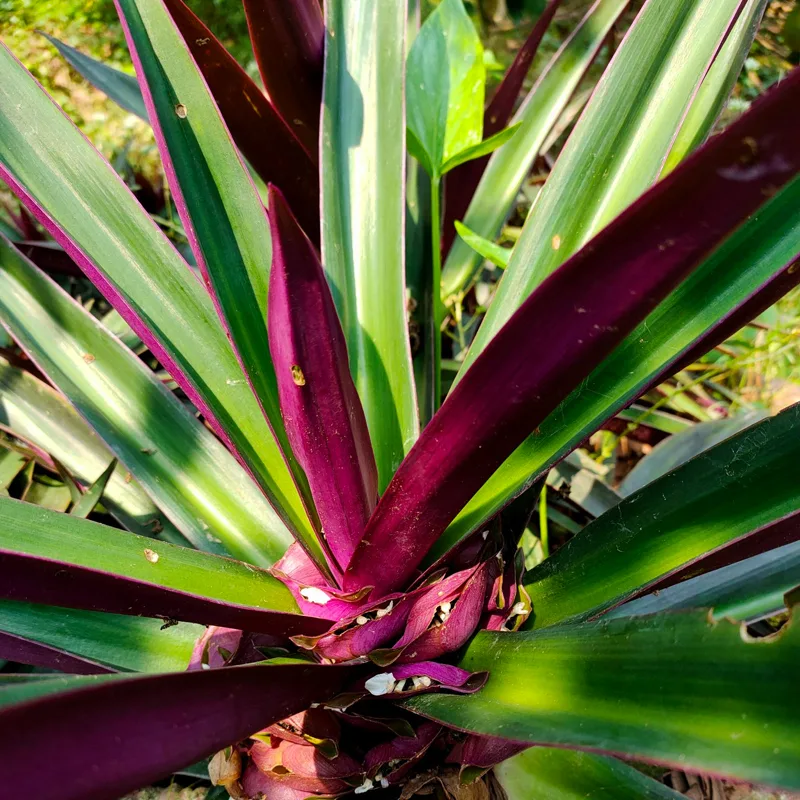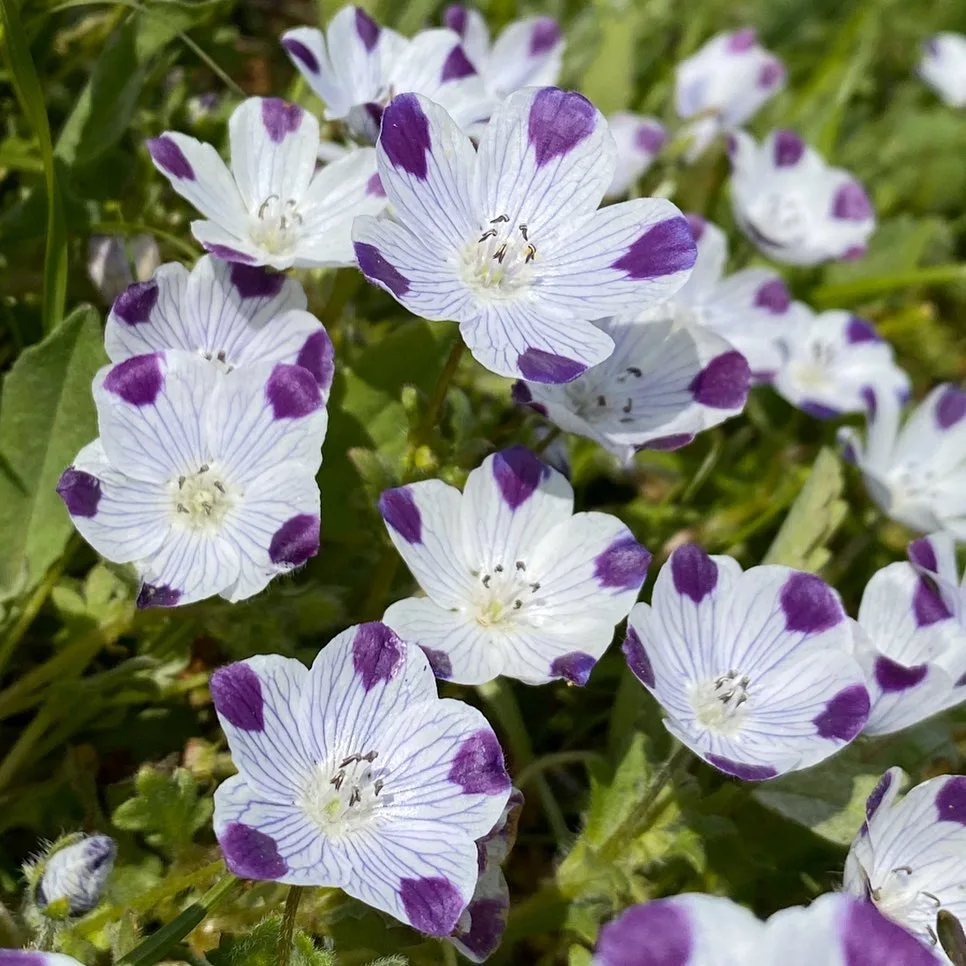So You Want a Sarracenia Minor? Answers to Your Pitcher Plant Questions
Hey there, plant enthusiasts! Ferb Vu here, and today we’re diving into the fascinating world of the Sarracenia Minor, also known as the Hooded Pitcher Plant. This carnivorous wonder is a real conversation starter, and with good reason. But before you bring one home, let’s answer some common questions.
32 Species in Genus Sarracenia
What Makes the Sarracenia Minor Special?
This petite pitcher plant packs a punch. Native to the southeastern US, it thrives in bogs and wet meadows. Unlike some of its flashier cousins, the Sarracenia Minor boasts a unique charm. Its green, tubular pitchers are topped with a helmet-like hood, often adorned with white “windows.” In spring, cheerful yellow flowers emerge, adding a touch of whimsy.
What truly sets it apart is its predatory nature. Insects, lured by the pitcher’s color and nectar, find themselves trapped in a slippery descent. Digestive enzymes take care of the rest, providing the plant with essential nutrients.
Sarracenia Minor vs. Venus Flytrap: Carnivorous Cousins
Both the Sarracenia Minor and the Venus Flytrap are carnivorous, but their hunting styles differ. The Venus Flytrap snaps shut its jaw-like leaves, while the Sarracenia Minor utilizes a passive trap. This makes the Sarracenia Minor less maintenance-intensive, as it doesn’t require feeding (though you can offer the occasional bug if you like).
Here’s a quick breakdown:
- Size: Sarracenia Minor grows up to 2-3 feet tall, while the Venus Flytrap is a compact 6-8 inches.
- Light: Both love full sun.
- Water: Both need consistently moist, acidic soil.
- Winter Dormancy: Both require a cool period (around 40°F) to thrive.
Ultimately, the choice depends on your preference. The Venus Flytrap offers a more dramatic display, while the Sarracenia Minor provides a captivating passive trap and elegant form.
How to care for Sarracenia Minor?
Now that you’re smitten, let’s talk care. Here’s what your Sarracenia Minor craves:
- Light: Full sun is ideal. Aim for at least 6-8 hours of direct sunlight daily.
- Water: Use rainwater, distilled water, or reverse osmosis water. Tap water can be harmful due to chlorine and minerals. Keep the soil consistently moist, but not soggy.
- Soil: A peat moss and perlite mix (1:1 ratio) is perfect. Ensure good drainage.
- Feeding: Not necessary, but you can offer occasional insect treats. Avoid anything treated with pesticides.
- Temperature: During the growing season, aim for temperatures between 70-85°F. In winter, a cool dormancy period around 40°F is crucial.
Pro Tip: Don’t fertilize your Sarracenia Minor. It gets its nutrients from captured prey and acidic soil.
Common Problems and How to Fix Them
Even the best plant parents encounter issues. Here are some common problems and solutions for your Sarracenia Minor:
- Brown Pitchers: This could be due to lack of sunlight, overwatering, or nutrient deficiency. Check your care routine and adjust accordingly.
- Slow Growth: Inadequate sunlight or low temperatures can cause this. Ensure proper light and adjust temperature if needed.
- Pests: Aphids and mealybugs can be occasional visitors. Use insecticidal soap or neem oil for a safe solution.
Remember: Early detection and intervention are key to keeping your Sarracenia Minor healthy.
Can I grow Sarracenia Minor indoors?
It’s possible, but challenging. They require consistent humidity and strong sunlight, which can be difficult to maintain indoors.
Is it safe to touch the pitchers?
Generally yes, but the digestive fluids can irritate sensitive skin. Wash your hands after handling.
How long does a Sarracenia Minor live?
With proper care, they can live for many years, even decades.
The Final Scoop
The Sarracenia Minor is a unique and rewarding plant. Its beauty and fascinating nature make it a conversation starter. With a little TLC, you can provide this captivating carnivore with a happy home for years to come. Happy growing!
If i die, water my plants!



